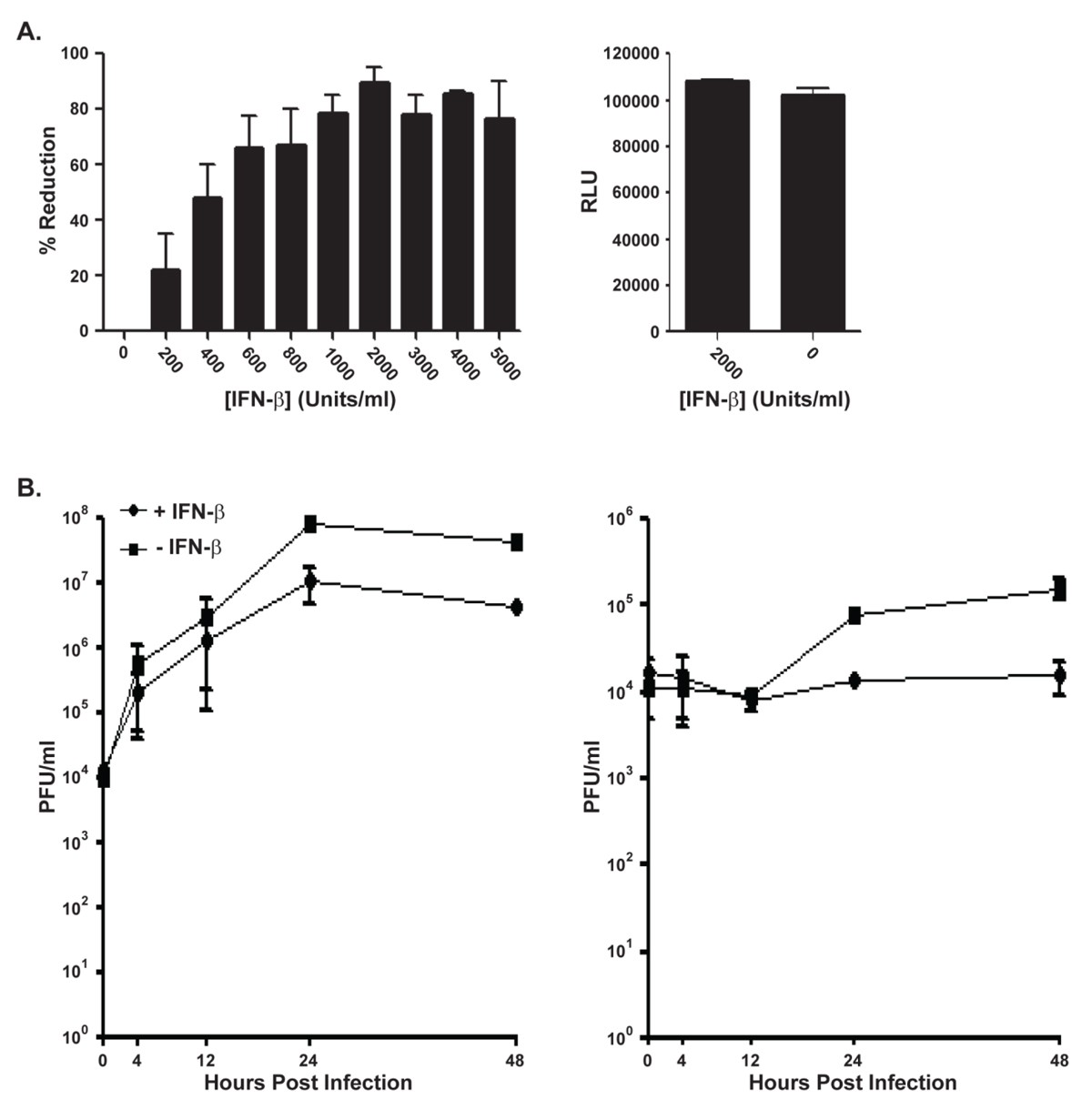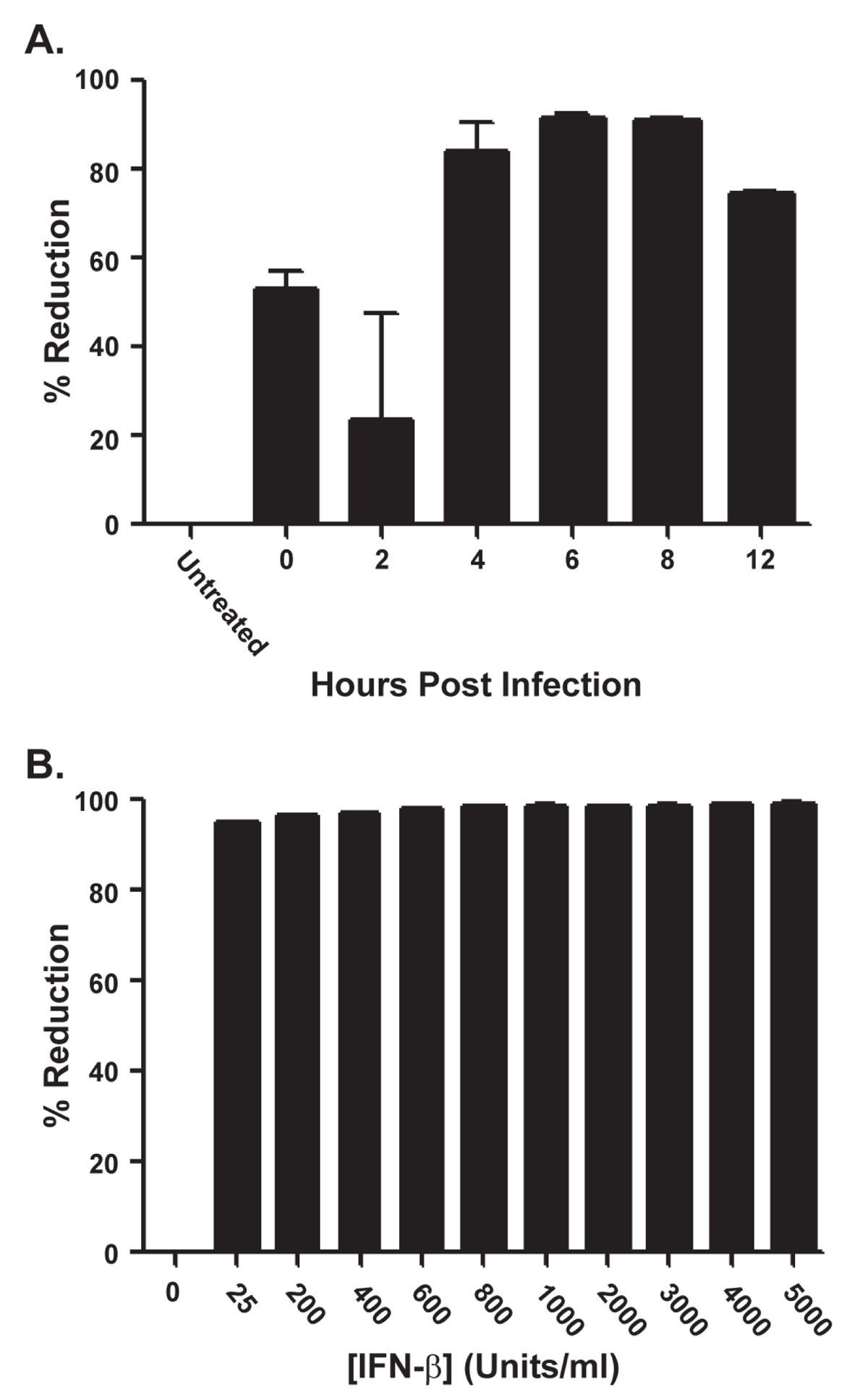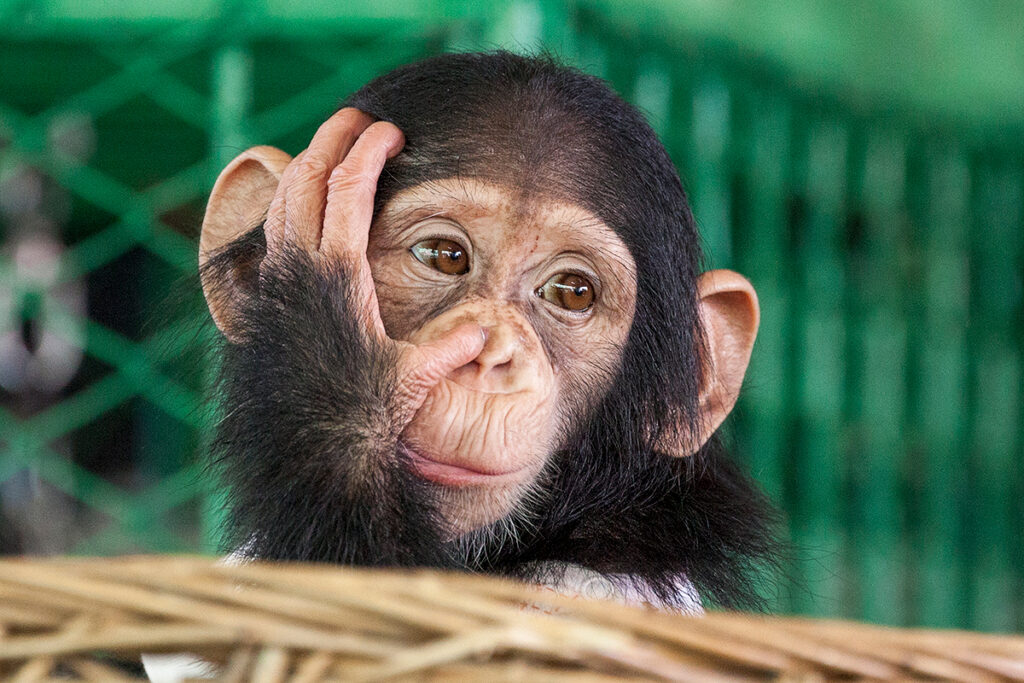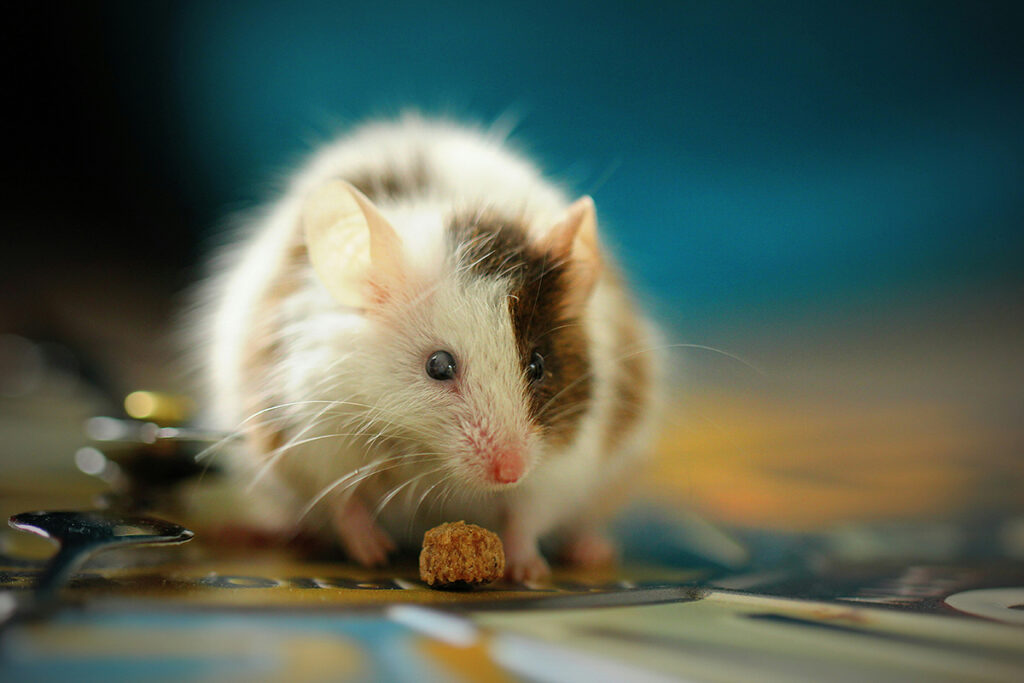Monkeypox is a rare viral disease. Its peddlers are wild animals of the Democratic Republic of the Congo (Africa). The disease is transmitted to humans through contact with a sick animal or other sick people.
Monkeypox is a severe disease. It affects almost all body organs; mortality varies from 10% to 30%.
Existing monkeypox vaccines cause many side effects and are difficult to tolerate. Therefore, scientists continue to look for ways to prevent and treat monkeypox.
In 2012, a team of scientists from leading US universities investigated the therapeutic and preventive potential of interferon-beta (IFN-β) against the monkeypox virus.
Research Background
Interferon-beta is one of the critical components of the innate immune system. How effectively an infected person’s body produces IFN-β depends on whether he can overcome the virus: whether the disease will develop, and how dangerous it will be.
However, the monkeypox virus can suppress the body’s interferon-beta production. At the time of the study, 14 proteins that make up the virus were known to interfere with the work of IFN-β. An earlier study has shown that the disease’s severity and the patient’s infectivity depend on the activity of some of these virus proteins.
Research results
Scientists have found that:
- Prevention of monkeypox with interferon-beta is 91% effective if treatment occurs 24 hours before infection. Moreover, if infection occurs, prevention reduces the number of viral particles by about 10 times, starting from the second day.
- Treatment of monkeypox with interferon-beta is best started within the first 6-8 hours after infection. The effectiveness of treatment is 95-99% depending on the dose.
- The mechanism of action of interferon-beta against monkeypox is based on the stimulation of the production of the antiviral protein MxA, which inhibits the reproduction of the virus.
All experiments were carried out in laboratory conditions on cultures of human cells.
Interferon-beta Preventive Effect
To investigate the protective effect of IFN-β against monkeypox, scientists treated human cells with different interferon concentrations 24 hours before infection. Then, 24 hours after infection, the number of live and dead cells in each group was counted, and the viability of surviving uninfected cells was also analyzed.
Scientists’ main conclusion is that the monkeypox virus’s reproduction is suppressed by pretreatment of cells with interferon-beta. The maximum prophylactic efficacy was 91%, and cell viability analysis did not reveal interferon toxicity:

Figure explanations:
Graphs A:
- On the left, reducing the reproduction rate of the monkeypox virus depends on the dosage of IFN-β (IFN-β).
- On the right, the viability score of uninfected cells when treated with the best dose of IFN-β compared to the control group, which was not exposed to infection. Moreover, the test group was affected by a high concentration of disease: the number of viral particles was five times higher than the number of human cells (MOI=5).
Graphs B:
- On the left, a test group infected with monkeypox virus at high concentrations (MOI=5). The graph shows the change in the number of areas of dead cells depending on time. The upper graph shows the group without prophylactic treatment with IFN-β. The lower one is the group treated with interferon-beta 24 hours before infection. The result is visible after 24 hours from the onset of the disease by ten times fewer dead cells in the IFN-β group.
- On the right is a similar graph showing the dynamics of reproduction of the monkeypox virus in a particular nutrient medium. Moreover, the scale of the vertical axis is different for both graphs.
Interferon-beta Therapeutic Effect
The scientists investigated how different concentrations of IFN-β and the treatment initiation time affect the therapeutic effect.
Many dosages have been studied, reducing monkeypox virus infectivity from 95% to 99%. Moreover, the best result was achieved when treatment began 6-8 hours after infection. In this case, the effectiveness of therapy reached 91%:

Figure explanations:
- Graph A: reduction in monkeypox virus infectivity as a function of the time of initiation of treatment from the moment of infection (MOI=5).
- Graph B: reduced viral infectivity as a function of IFN-β dosage (MOI=5).
Interferon-beta stimulates the production of antiviral protein MxA in monkeypox
Scientists have studied the vital activity of human cells when infected with the monkeypox virus. The specialists evaluated the ability of cells to produce the antiviral protein MxA with and without interferon-beta stimulation.
MxA production is found upon pre-treatment of healthy cells with IFN-β. Furthermore, the cells infected with the virus (MOI=1) synthesized the antiviral protein MxA only under the influence of interferon-beta:

Figure explanations:
By lines:
- Top row: cell infected with monkeypox virus but NOT treated with IFN-β
- Middle row: Monkeypox infected cell, but TREATED with interferon-beta.
- Bottom row: healthy cells treated with IFN-β.
By columns:
- A33 is a monkeypox virus protein that can suppress interferon-beta production. Painted green.
- MxA is an antiviral protein produced in the cell under the influence of IFN-β and painted red.
- Merge – overlay images with localized viral protein and antiviral protein.
Asterisks indicate cell boundaries.
Conclusions
Interferon-beta is a promising tool for the prevention and treatment of monkeypox. However, so far, only laboratory studies have been carried out on cultures of human cells.
The maximum effectiveness of prevention is 91% if the treatment occurs a day before infection.
The effectiveness of treatment is from 95% to 99% (depending on the dose of interferon) if treatment is started 6-8 hours after infection.
Useful article, necessary information? Share it!
Someone will also find it useful and necessary:
Reference
In vitro inhibition of monkeypox virus production and spread by Interferon-β



